The Business Petersburg edition published interesting material by Sergei Bondarenko "Indirectly deadly: how St. Petersburg "Eagles" are produced. The most successful drone of the Russian army is produced in St. Petersburg" on the production of unmanned aerial vehicles of the Orlan series at STC LLC ("Special Technology Center").
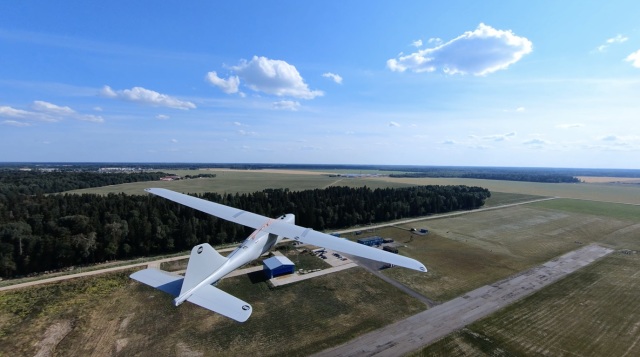
Unmanned aerial vehicle "Orlan-10" designed and manufactured by LLC "STC" (c) LLC "STC"
This is according to the Royal United Institute for Defense Research (RUSI) from the United Kingdom, which published a special report in which the devices of the Orlan family are called exactly that - the best and indirectly the most deadly. Why indirectly is also understandable. The Orlan is not an attack UAV. His baggage is electronic warfare and guidance systems integrated with artillery and missile systems. Drones from St. Petersburg are eyes on the battlefield and in the deep rear, given the flight range of several hundred kilometers.
They won't lie on the Internet
The main section of the report is titled promising: "Assembled in Russia, manufactured abroad." The use of publicly available civilian electronic components on the Internet is called one of the main distinctive features of the Orlan. With the developers from STC LLC (Special Technology Center), the authors of the complex, we had an exciting time reading Wikipedia and refuting myths.
No, the microchips extracted from washing machines and dishwashers, about which the foreign press was making noise, are not about "Orlan". And they are also not involved in the increased theft of speed cameras from Swedish highways. "What kind of police radars are there - we use exclusively new excellent cameras of the latest generation, though seriously modified," the engineers explain. But the programs familiar to tourists and geocachers for preparing navigation maps were actually used at an early stage. Now they have been replaced with their own software, but compatibility remains. The reason for this step is curious - the cartographic material from the Ministry of Defense is completely secret, special permits are needed to work with it. And public maps, updated daily by amateurs, allow you to solve operational tasks.
Speaking of secrecy. Ridiculously, when preparing an article about Russian weapons, it is easier and safer to use the already disclosed data "from the other side", because it is no longer a secret. Here, for example, is a detailed list of components found by the enemy under the hood of the Orlan. The main manufacturers are the USA, Switzerland and Taiwan. But what are these components? A 3G modem from a penny Chinese smartwatch, a GPS module, available on Ali right now for little money. Etc. It is unrealistic to control the supply of such components, and even more so to block them. In this sense, the Russian titanium Boeings are much more vulnerable. Engineers explain: it is not the chips that are original in their product, but the circuitry of the blocks, which, due to the fact that they are developed and manufactured here, may contain different fillings. And the effectiveness of such a solution has already been proven in practice.
"After several boards and a ground station with all the documentation turned out to be in the hands of the enemy last year, several detailed publications appeared on what our device consists of," says Roman Agafonnikov, director of STC LLC, "but we had a reserve in advance of what and what can be replaced. In addition, with the beginning of the SVO, certain concessions from the Ministry of Defense appeared. We no longer rely on a strictly defined set of components - changes are possible, decisions on which are made by the general designer. And this allows you to flexibly respond not only to sanctions, but also, for example, to a real combat situation. The enemy has new electronic warfare tools, we must quickly change and rebuild something in order to bypass them."
By the way, electronic warfare is one of the initial profiles of the STC: all the largest objects of the 2018 World Cup were covered by their equipment. And just from drones. The turn from the creation of means of countering UAVs to the manufacture of them themselves should not be surprised. Something else is more interesting: how did a relatively young production manage to overcome the historical originality of the domestic customer, who almost always seeks to combine requirements that contradict each other, common sense, and sometimes the laws of physics in the TK.
"It was easier for us as a private enterprise, especially at the start. We could not coordinate every step with the customer, but independently choose the direction of the project development. Naturally, the Ministry of Defense had its own wishes. We made a prototype at our own expense, showed it, and took into account the basic requirements," explains Agafonnikov.
In fact, taking on the Orlan project more than 10 years ago, private traders really took risks. But it turned out that we looked into the future.
Beginning
Having decided, figuratively speaking, to attach wings to their own electronic warfare complexes, the STC did not invent the bicycle, but conducted a market audit. The choice was made by a team from the St. Petersburg State University of Aerospace Instrumentation, which had experience in this field since the early 90s. Back in '93, university specialists participated in a commercial project to create unmanned equipment for marine environmental vessels. A large plane with a gasoline engine took off from an onboard catapult, landed on the water next to the ship, and was controlled by television systems and transmitted the picture for which it was created. The picture was of modest quality by today's standards in accordance with the technical capabilities of those years, and the lead gel battery is too heavy. Nevertheless, an overview within a radius of 5 km was provided, and it was a victory. But the main thing turned out to be the invaluable experience gained by the team. While competitors, following fashion trends, designed electric helicopters, engineers from GUAP returned to proven internal combustion engines and were able to dramatically increase the range. And at the same time, they abandoned the television picture in favor of more detailed and high-quality aerial photography. Instead of bulky video transmission systems, their UAV carried a soap dish camera, which at that time gave a picture of a multiple of a higher resolution.
When three flying prototypes from different manufacturers met on the test airfield in the middle of the two thousandth, two of them were powered by electric motors, two shot videos and only one was created by experts in the field of high-precision aerial photography. This fact turned out to be the key.
To get a useful image from a camera, pictures taken from the air must be perfectly "stitched" together. Even a small roll of the carrier gives distortions at the edges - and the puzzle falls apart. Of the three samples presented, only Guapovsky had full three-axis control, that is, he performed maneuvers not only due to the roll, but also with the help of a steering wheel.
The advantages of finding a camera became obvious when several prototypes available in the country from different manufacturers received baptism of fire during the 08.08.08 conflict in Ossetia. Roman Ivanov, General Designer of the Orlan, recalls how the operator of a television drone that flew out for reconnaissance informed the command that a column of Georgian tanks was moving towards Gori. "We were in the air nearby and were able to pass over that area. The analysis of the images showed that in the conditions of interference in the low-resolution picture, colleagues mistook the train of fuel oil tanks for combat vehicles. In our pictures, the wagons themselves and the round necks were clearly visible, which seemed to the operator to be towers of tanks or infantry fighting vehicles. Thanks to that incident, the military believed in the camera on the UAV - it became the de facto standard."
Technologies
The production of Orlanov, located in St. Petersburg, is a complete disappointment for foreign intelligence agencies. The secret technologies that allowed the system to take a leading place in the world cannot be peeped at and fixed on a spy camera - they are scattered throughout the design in thousands of little things. In the same Wikipedia, the creators of the drone are amused by the tall tale about the allegedly innovative anti-icing technology used in it. According to sofa experts, the wings are covered with a special film, which falls off with the ice. In fact, there is nothing like this, although the Orlan really tolerates the crust of ice on the planes quite loyally due to its initially perfect aerodynamics and energy efficiency.
It's the same with the control channel. Like all classmates, Orlan can fly to points without the participation of an operator and continue the task even in conditions of loss of communication with the base. But when the connection appears for full control, the minimum bitrate is enough for it.
Internal combustion engines are a separate story. Until 2022, these were Japanese four-stroke engines, now they have their own two-stroke engines based on blocks "from friendly countries". But the trick is that neither Japanese nor Chinese "internal combustion engines for lawn mowers" can work continuously for more than a few hours (read the instructions). And the "Eagle" is able to stay in the air for a very long time. It's all about the individual refinement of each copy, the details of which are just the secret of production, as well as correct calculations. The design is designed in such a way that the engine spends no more than a few minutes at maximum operating conditions for each flight - hence both reliability and fuel efficiency.
Roman Agafonnikov says that in terms of engineering approaches, their UAVs can be compared to a Kalashnikov assault rifle. And Mikhail Timofeevich, as you know, owns the phrase: "Everything you need is simple, everything complicated is not necessary."
Payload
The Orlan does not carry a combat unit. But, according to the already mentioned Royal Institute, it is extremely effective to open air defense when, acting in a flock, one device forces the calculation of the air defense division to turn on the target illumination, another fixes the operation of the radar, and the third, as a repeater, transmits coordinates to the position of, say, Iskander.
Naturally, the payload has long been not limited to a soap dish camera. At the beginning of the tenth, the design team came up with a bright idea to make not one UAV, but several at once, with different fillings. As a result, Orlan can conduct day and night reconnaissance in the optical and IR range, locate radars, mobile phones and radio stations, block mobile communications and GPS signals.
By the way, the collapse of cellular networks does not happen at all the way the Voice of America was jammed in the USSR. Instead of clogging the range with interference, the device pretends to be a priority base station in the coverage area and lets all communication through itself. By the way, the "flying cell tower" assumes civilian use: for example, you can find a lost person in the taiga outside the range of cellular networks and even establish a connection with him or give instructions - as long as the phone is turned on.
It's a similar story with GPS systems. The equipment allows you to substitute signals from satellites, and the receivers will sincerely believe that they have been transported to the other side of the planet. You can even draw some kind of inscription on the screen of a stationary navigator with a track, which was what the testers had fun with during testing. They say that once at the training ground near St. Petersburg, they slightly overdid the signal level and greatly surprised the city taxi drivers. But in practice, we checked the coverage area.
Future
The secret of the success of the Orlan project is that people who were equally well versed in aircraft engineering and electronics initially worked on it. Plus, decades of experience and the opportunity not to look back at stereotypes and "proven solutions" that simply did not exist.
Finally, the state's interest in unmanned aviation, which is gaining consistency, is certainly welcomed in the STC. But there is also anxiety. Everyone who has already been able to make their way in the field of drones without grants and subsidized programs is now fully loaded and is unlikely to be ready to participate in new contests. And those who rush to explore the opportunities that have opened up are unlikely to have enough experience and time for serious developments.
"It is important that the fascination with fashionable startups does not distract from the already established, existing production facilities and design teams with all the necessary competencies. Now we are increasing production on a monthly basis, demand is dictated by the situation. But when the situation changes, these capacities need to be saved, they need to be loaded. Otherwise, there is a danger of spending public money on many clones of Asian consumer goods that cannot be used, and losing what really works," says Roman Ivanov, General Designer of Orlan.
The city government is also aware of the need to support both new and existing industries. As Kirill Soloveitchik, Chairman of the Committee on Industrial Policy, Innovation and Trade of St. Petersburg, explained to DP, the development of the UAV industry is a priority.
"In St. Petersburg, more than 20 companies are engaged in the development and production of unmanned aerial vehicles, as well as conducting research and development work in the field of UAS development. I would like to note that St. Petersburg is one of the main centers for the development of unmanned aerial vehicles, and to develop our potential, we will create a research and production center for unmanned aircraft systems. The relevant materials are at the final stage of conclusion from the Ministry of Economic Development of the Russian Federation," Kirill Soloveitchik summed up.
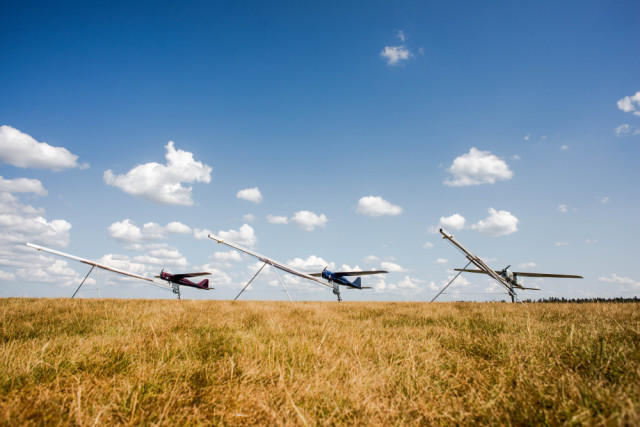
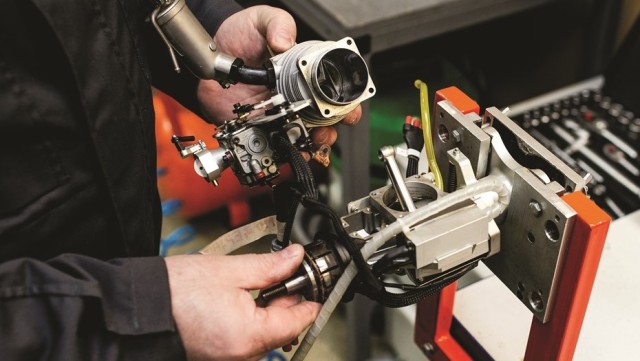
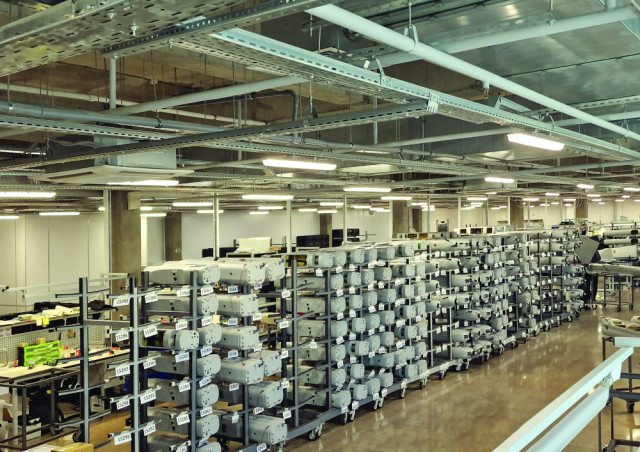
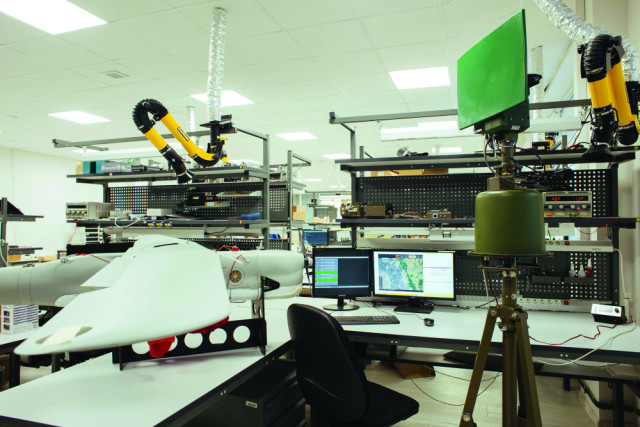
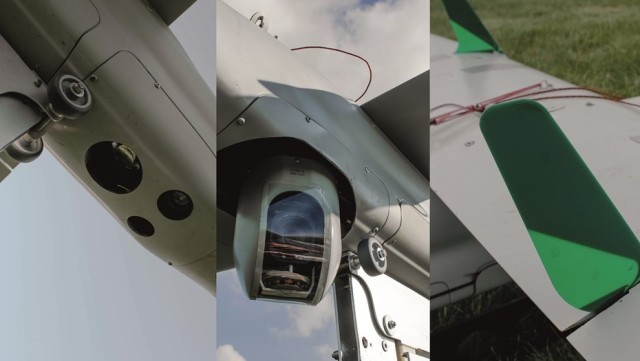
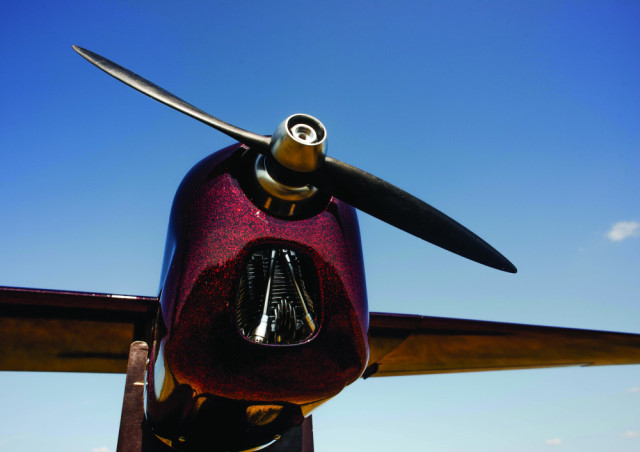
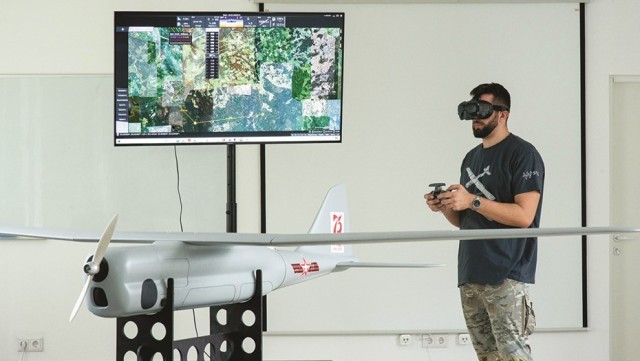
Unmanned aerial vehicles of the Orlan series and their production (c) by STC LLC
Video:
